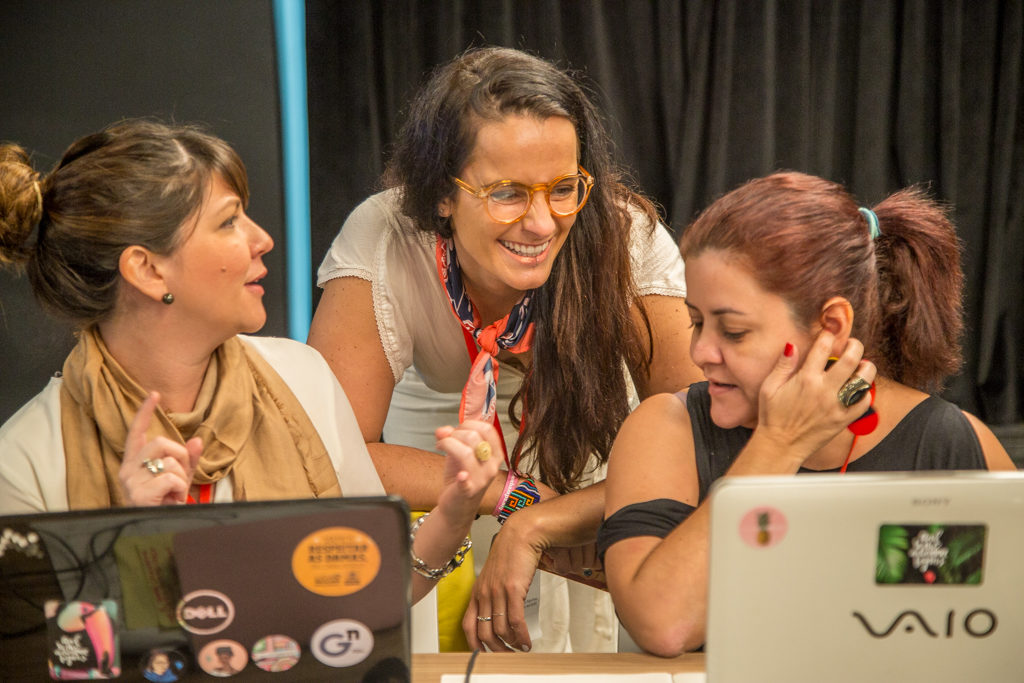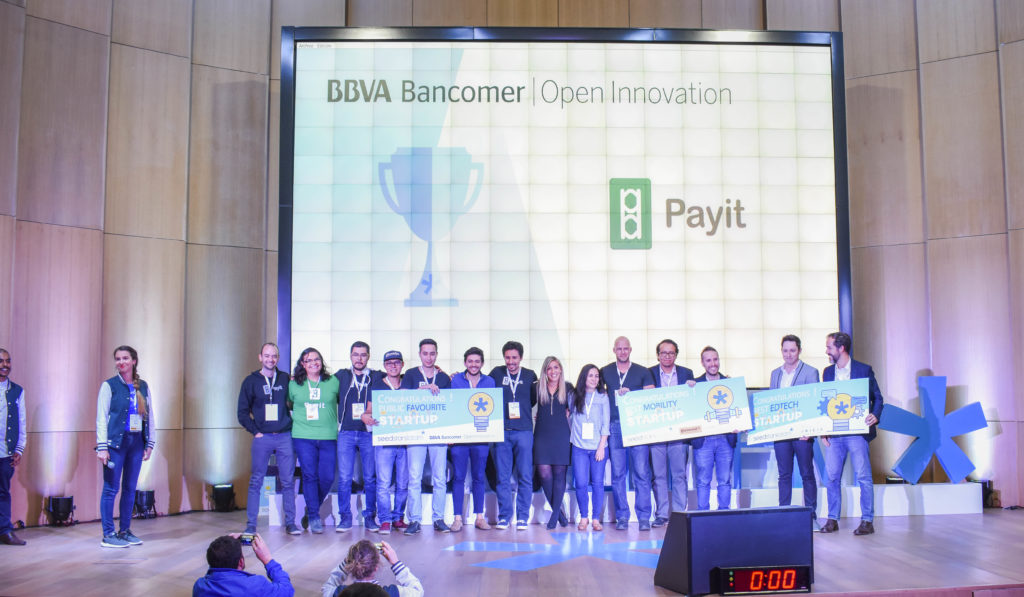In the Andean Altiplano, beneath the expansive white salt flats in southern Bolivia, lies one quarter of the world’s lithium reserves. Since 2010 Bolivia, one of Latin America’s poorest countries, has been trying to develop a competitive lithium industry in an attempt to capitalise on the booming global lithium market, which has been fuelled by rapid advancements in the electric vehicle (EV) and energy storage industries.
Tightening lithium supply has seen the spot price for lithium carbonate – the vital ingredient in rechargeable EV, laptop and smartphone batteries – increase from around $10,000 in 2015 to around $25,000 by the end of 2017. This situation presents Bolivia with an ideal opportunity to step in and profit from the increasing price and limited supply.
The Bolivian government, which runs the country’s lithium industry, had planned to be exporting 40 tonnes of lithium per month by 2011. But after eight years and $450 million of state investment, the country is producing just 10 tonnes per month, and is reportedly selling its lithium carbonate well below the market price.
Institutional problems have entailed slow progress. Saúl Escalera, a Bolivian expert in chemical metallurgy, cites a lack of expertise amongst the workforce of state-owned company Bolivian Lithium Deposits (YLB) and the exclusion of top Bolivian scientists. “They didn’t call the experts,” he told LATAM.tech. “Now they’ve hired the Germans to get the job done,” he said, referencing the recent $1.3 billion investment deal reached with German company ACI Systems GmbH. The company will work in partnership with the Bolivian government to create of an “integrated value chain”, including the manufacture and sale of lithium-ion batteries.
“I applaud the move,” says Escalera. “But it should have been done six years ago.” Initially, Bolivia set itself the target of designing a technique for extracting lithium without external assistance. But faced with severe delays the state has since signed contracts with foreign companies in Germany, China and France to assist in the development of extraction technology and battery manufacturing.
Another issue is the difficulty of extracting lithium from the Salar de Uyuni. The current method requires a brine to be pumped from beneath the Salar into several large pools, where several phases of evaporation separate the lithium from other elements such as magnesium and potassium.
Yet in Uyuni, the ratio of lithium to magnesium is four times higher than in neighbouring Chile, a well-established lithium exporter. Rainfall is also significantly higher in Uyuni; both factors significantly slow the evaporation process and reduce its cost-effectiveness.
Despite claims that Bolivia would eventually become the ‘Saudi Arabia of Lithium’, the country lags far behind Chile and Argentina and produces just a fraction of the amount (less than half a percent) of lithium carbonate that its neighbours produce each month. Both Chile and Argentina, which alongside Bolivia make up the so-called ‘Lithium Triangle’, are leading exporters of lithium with decades of industry experience.
Can German engineering save the day?
Many hope that German company ACI Systems will provide the necessary expertise to transform Bolivia’s lagging lithium industry into one which can compete on the global market. According to YLB president Juan Carlos Montenegro, ACI Systems will commence work with the Bolivian government in 19 months’ time “to manufacture and market lithium batteries, generating $1 billion a year in net profits.”
If successful, Bolivia’s ambition to market lithium batteries and EVs could mark a notable step away from its history of exporting raw materials to the Global North, instead of transforming them into value-added products. Government revenue largely depends on natural-resource exports, with gas the main breadwinner, which makes Bolivia extremely vulnerable to price fluctuations in the global commodity market. In this respect, the lithium industry could break the mould and lead to improved economic diversification.
Certainly, the timing could not be better. In 2017, pledges from several nations to outlaw motor vehicles in the next few decades resulted in a boom in the lithium carbonate spot price. The ever-growing EV industry and production of laptops and smartphones is also fuelling demand growth, with projections suggesting the lithium boom should continue well into the 2020s.
Yet even with outside help, some remain sceptical about Bolivia’s ability to enter the global lithium market. Speaking to Americas Quarterly, Juan Carlos Zuleta, a Bolivian lithium analyst and long-time critic of YLB, argued that “Germany is not at the leading edge of technology in many aspects…I think by now most people know where the tech is. It is in the US with Tesla.” Indeed, both the USA and China produce significantly more lithium-ion batteries and have far greater experience in the EV industry than Germany. Others doubt whether ACI Systems will be able to design an economically viable means of extracting lithium from the Salar de Uyuni, given the high levels of magnesium and precipitation which complicate extraction.
Saúl Escalera is optimistic about the move. “I’m okay with the German company, it’s in good hands”, he told LATAM.tech. “Separating magnesium is not a big deal. It shouldn’t be hard. Instead of a liability it can be a plus,” he said, citing its value as a material in the production of batteries, medicinal purposes and aircraft manufacturing.
Bolivia remains a long way from becoming a major player in the lithium industry, and despite the hype which has surrounded its vast reserves, eventual revenues from lithium extraction would pale in comparison to those generated by natural gas. Nonetheless, if the new partnership between YLB and ACI Systems can prove the doubters wrong and allow Bolivia to step into the global market, it would provide a welcome revenue boost and a positive step towards modernising and diversifying the country’s natural-resource sector.





